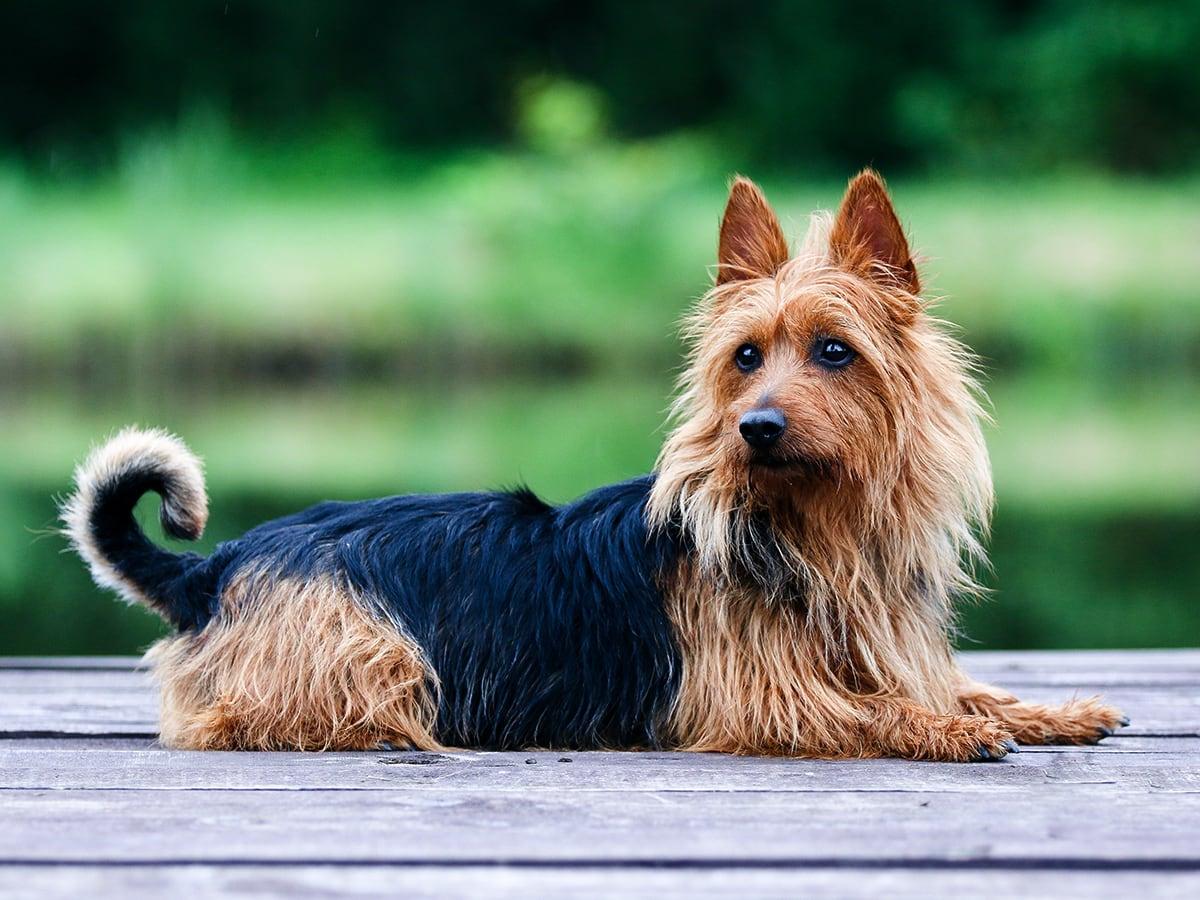Was your hair loss not a worry enough that now even your dog has started showing signs of hair loss? We assume that you have already started looking for anti-hairfall dog shampoos and conditioners. But we are glad that somehow, you’ve landed on this article to understand the science behind it to then take appropriate measures.
Before we list down the reasons for hair fall in dogs, here’s some information about dog hairs that will help you understand this better.
Most dogs have three types of fur: Undercoat, guard hair and whiskers. The undercoat lies closest to the dog’s skin and works to protect the skin from cold weather. The guard hairs are like the primary coat for dogs. They are harder in texture, thicker in diameter and longer than the undercoat. They protect the dog’s skin from superficial injuries. The whiskers are found on the muzzle and eyelids. They are more like sensory organs to dogs.
Now, you may have seen shedding. It happens because a dog’s fur grows in seasonal cycles. When it reaches a genetically determined length, it stops growing and falls out. Hairs basically, protect the dog from environmental factors like temperature, sunlight, etc. The coat’s health, hence, becomes extremely important. (1)
Now, let’s get to why some dogs lose hair. Here are the most common reasons for it – (3)
Lack of nutrients
Good skin and coat health depends on the amount and quality of nutrients a dog gets. In case of an improper diet, the coat does not receive the essential nutrients be maintained. And hence, it starts losing hair.
Dermatitis is a common skin condition in dogs. It is caused by allergens such as pollens, mold, dust mites and other environmental factors. Even some food items can be allergic to your dog. Hair loss, along with itching and biting are the most common signs of dermatitis in dogs.
Infections
Fungal infections such as ringworms or bacterial infections such as redness, hives, alopecia, pustules, scabbing, etc. can also cause hair loss in dogs.
It is a condition in dogs that causes hair loss due to increased cortisol levels in the hormones. You may see other signs such as darkening of the skin, increased thirst and urination, recurrent skin infections, and a pot-belly appearance if your dog has this condition.
Genes
Breeds like Doberman Pinscher, Dachshund, Chihuahua, Italian Greyhound, and Whippet are genetically more prone to hair loss on their outer ears, chest, back, thighs, or lower backs. Other breeds such as Golden and Labrador Retrievers, Bulldogs, and West Highland White Terriers are more prone to allergies, which can lead to hair loss. Blue or grey colored dogs are also seen to be more prone to hair loss and allergies.
Pyotraumatic dermatitis or Hot Spots
It is a condition that can damage the hair follicles on your dog’s skin when they get inflamed, which can cause the hair to not grow back. Dogs usually tend to scratch, lick and chew on the affected area making it more unlikely for the hair to grow back.
Medicinal side effects
Medical treatments like injections and the application of topical medications also may cause a temporary hair fall in dogs.
Medical conditions
Hormonal conditions such as hypothyroidism or growth hormone disorders can result in hair loss in dogs.
Why is My Dog Losing Hair on His Back?
The reasons for your dog losing hair on their back can range from allergies, parasites and infections to medical conditions such as hormonal imbalances, stress or anxiety and certain skin conditions.
While it is normal for dogs to shed (even regularly for some dogs), over-shedding is to be looked at as a worry. The underlying reason should be identified and treated at the earliest.
My Dog is Losing Hair on His Tail - Should I Be Worried?
Yes, you should be worried if the hair fall is more than usual. Alopecia in dogs can trigger several other signs depending on the reason. If you see the following signs along with hairfall on your dog’s tail, you should take your dog to the vet –
Excessive scratching, itching, biting, or licking the affected area
Red skin
Foul odor
Dry or cracked skin
Swelling of the affected area
Blood discharge from the skin
There’s a chance that you may not see any of the above signs. In such a case, you should look for behavioral changes in your dog such as increased thirst or hunger and changes in the urination routine or amount.
Even anal gland problems may cause hair loss on the tails of dogs. The pain may cause dogs to start pulling their tail hair out. Abnormal functioning of the anal glands can lead to infection and hence, require vet intervention. (2)
You must know that the hair on their tail is different from that on the body. Most of your dog’s hair follicles produce multiple, long, thick hairs. On the tail, you’ll usually find single hair. Hence, the tail tends to be the first target of poor nutrition. (2)
Can Dogs Lose Hair from Stress?
Yes, just like humans, stress can also cause hair loss in dogs. The reason for stress is usually a traumatic experience like an accident, past military or police work, dog fights, abuse, abandonment, etc. You may see your dog excessively licking their own fur in such cases. (1)
How Do You Treat Dog Hair Loss?
The treatment for hair loss in dogs completely depends on the reason causing it. Hence, you or the vet need to identify the underlying reason. Here are some of the most common treatments that vets advise – (4)
Reducing the frequency of shampoo and grooming
Hydrating sprays
Spaying or neutering
Anti-bacterial shampoos and conditioners
Dietary changes
However, if the hair loss is caused by fleas, flea and heartworm medications may be prescribed. In case of stress or anxiety, you must identify and remove the stressor. Your vet may also prescribe antibiotics, melatonin, or corticosteroids depending on the condition.
You may even find some home remedies on the internet for treating hair loss in dogs. However, it is recommended that you consult a vet before administering anything.
More About Spot Pet Insurance
Hair loss can be one of the leading indicators of anxiety, stress and several medical conditions in dogs. In some cases, you may need medication as well as behavioral therapy to treat it in your dog. But before you start worrying about all the associated costs, let us tell you that you can save up to 90% of them with pet health insurance. With Spot Pet, you can save many more costs as well.
Dog Insurance can help provide financial assistance for eligible veterinary care in case of unexpected accidents, illnesses, or injuries. Our plans can help pet parents manage the eligible costs of covered veterinary care and help ensure that their pets can receive the best treatment possible. Here are some ways that Spot pet insurance plans can help:
Covers Unexpected Veterinary Costs: Spot pet insurance plans cover the eligible costs of unexpected veterinary treatments, such as emergency surgeries, X-rays, and prescription medications for covered conditions.
Customizable Plans: Choose your annual limit, reimbursement rate, and deductible from a range of options, and create the plan that will fit the needs of your pet and your budget.
Peace of Mind: With Spot pet insurance plans, pet parents can know that they can provide the best care for their pet with less worry about the cost.
To learn more about Spot Plans or to get a free quote, click here.

I've had the privilege of immersing myself in the realm of pet safety. As the owner of an energetic mini golden doodle, I know just how stressful being a pet owner can be. I am dedicated to ensuring our beloved pets enjoy a life brimming with good health.
Dacvim, J. G. D. (2024, June 26). Why is my dog losing hair in patches? https://www.purina.com/articles/dog/health/symptoms/dog-losing-hair
Cerulli, P. (2023, February 14). Alopecia in Dogs: An Owner’s Guide to Causes, Signs and, treatments. GoodRx. https://www.goodrx.com/pet-health/dog/alopecia-in-dogs-causes-treatment












